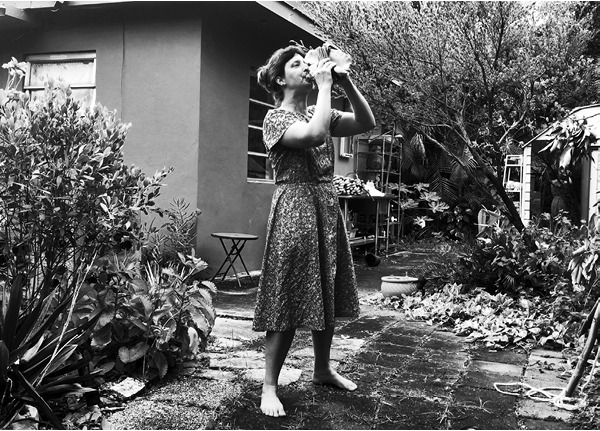
WHAT--THE--SEA--SEES (BISCAYNE BAY SEAWALL ACTIVATION)
first performed on November 3, 2018
Maurice A. Ferré Park, Miami, FL
performed once in 2018
ENSAYOS
Christy Gast, Denise Milstein, Julián Donas Milstein
Amenia, NY / New York, NY
102783832c102783832h102783832r102783832i102783832s102783832t102783832y102783832g102783832a102783832s102783832t102783832@102783832g102783832m102783832a102783832i102783832l102783832.102783832c102783832o102783832m
ensayostierradelfuego.net
WHAT--THE--SEA--SEES (BISCAYNE BAY SEAWALL ACTIVATION)
ENSAYOS
This performance was carried out by members of Ensayos, a nomadic research program based in Tierra del Fuego. Ensayos coastal research pods exist in Tierra del Fuego, Northern Norway, New York, and Australia. The artists, scientists, and scholars involved in each pod meet at irregular intervals to think and create collectively about the archipelagic intersections of nature, identity, history, geography, language, and law. We perform ensayos together, which means we are always in rehearsal mode without aiming to achieve a final performance. Our ensayos are processual and investigative.
In the park next to the Pérez Art Museum Miami (PAMM), we followed the seawall by Biscayne Bay and scored a performance that would touch land and sea. Later, we gathered materials—a conch shell, underwater camera, string, paper, and pencils—and rehearsed at a house in Little Haiti, close to the train tracks. The next morning, Christy practiced on the conch shell horn, playing a call and response game with the freight train which blew its whistle as it passed by the house. Afterward we built a sculpture-tool with the conch shell, string, and underwater camera. At PAMM we met with participants from the Creative Time Summit and walked out onto the museum patio. Standing in a circle, we began a tuning meditation composed by Pauline Oliveiros which involves breathing and singing while listening and responding to the sounds of other singers and the environment. As we sang, we slowly made our way along the seawall to a palm hummock. There we ended the meditation with an alternating chant: “what – the – sea – sees.” This led us into a collaborative writing activity to produce several speculative fabulations. We took turns adding lines to “what the sea sees” on multiple sheets of construction paper we circulated among the group. We read some of the resulting poems out loud, then made our way back to the seawall. There, we unwound the string around the conch shell horn to lower the camera into the water. Still attached to the conch, the camera filmed underwater while at the other end of the string Christy blew the shell horn. This continued as we talked with participants. When we brought the camera back onto the land, we looked together at the footage of garbage mingling with meager sea life.